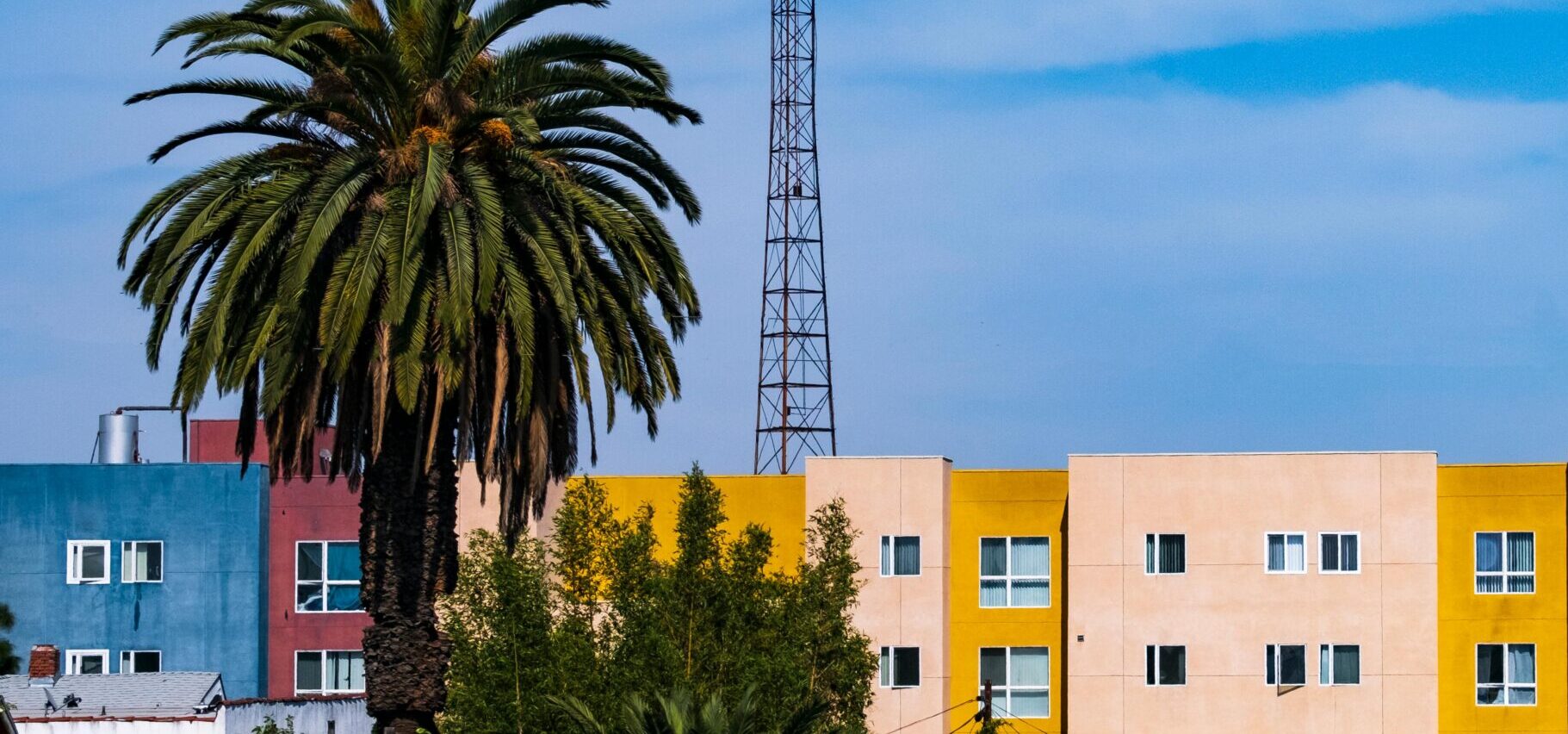How LA’s Transfer Tax Cost Schools and Local Governments $25 Million in Lost Revenue

New research reveals that Los Angeles Measure ULA, which imposes a 4% tax on property sales over $5M (5.5% above $10M) and allocates the revenue to affordable housing, has significantly reduced property transactions needed for housing development, undermining its own goals.
In “The Unintended Consequences of Measure ULA,” Michael Manville (UCLA Lewis Center for Regional Policy Studies) and Mott Smith (USC Price School of Public Policy) compared property sales in LA with neighboring cities before and after April 2023 to isolate the tax’s specific effects.
Key Takeaways:
- Though pitched as a “mansion tax,” ULA applies to all property transactions over $5 million, including apartments and commercial and industrial property.
- Measure ULA has reduced apartment building, commercial, and industrial property sales by 30-50% because they are more likely to sell above $5M. This reduced the turnover of sites most likely to become new housing (p. 5, 37-41). Of the sites that do sell, homebuilders must cut land bids to pay for tax costs, leaving them unable to compete with non-housing buyers.
- The resulting drop in property tax revenue—fewer transactions means fewer properties getting reassessed under Prop 13—has cost schools, the city, and county about $25 million yearly.
The researchers analyzed 338,000 property sales across Los Angeles County from 2020-2024, comparing transactions in the city of Los Angeles to transactions in surrounding cities, where property sales were not subject to the tax, as ULA took effect.
Their analysis reveals four critical impacts:
ULA is not actually “mansion tax:” Most high-dollar property transactions are apartment buildings, commercial properties, and industrial sites, not luxurious single family homes. However, Measure ULA does not distinguish between these types of transactions.
Fewer sites available for housing: After ULA began, properties that would normally sell just above $5 million suddenly started selling just below that threshold or not at all. Regression analysis showed the odds of a transaction exceeding $5 million fell by nearly half in LA compared to surrounding areas. This means owners are either strategically pricing to avoid taxes or simply keeping their property, preventing new opportunities for building homes (p. 42-43).
Significant impacts on financial feasibility for new housing: Non-single-family properties are seven times more likely to sell above $5 million than single-family homes(p. 37). For developers who typically sell completed projects, ULA fundamentally changes financing calculations. On a typical $6 million site that a builder would like to buy and develop a $31 million apartment building, the homebuilder must reduce their initial land bid by $1.7 million (29% of the original bid) to cover the eventual tax bill. This makes housing developers uncompetitive against buyers who won’t build housing (p. 23-24).
Public services lose funding: Properties nearly double in taxable value when reassessed during sales (p. 19). With less property turnover, approximately $5.6 billion in property value has remained at lower valuations, resulting in $25 million annual revenue loss for schools and public services (p. 45).
The researchers propose a variety of reforms to preserve ULA’s affordable housing funding while reducing harm to new housing:
- Exempt non-single-family properties to make it truly a “mansion tax”
- Exempt properties that have been reassessed recently (e.g., within 20 years)
- Make the tax rates marginal rather than applying to the entire sale amount
- Add another bracket with a lower rate for transactions above $2 million
- Exempt for-profit affordable housing developers